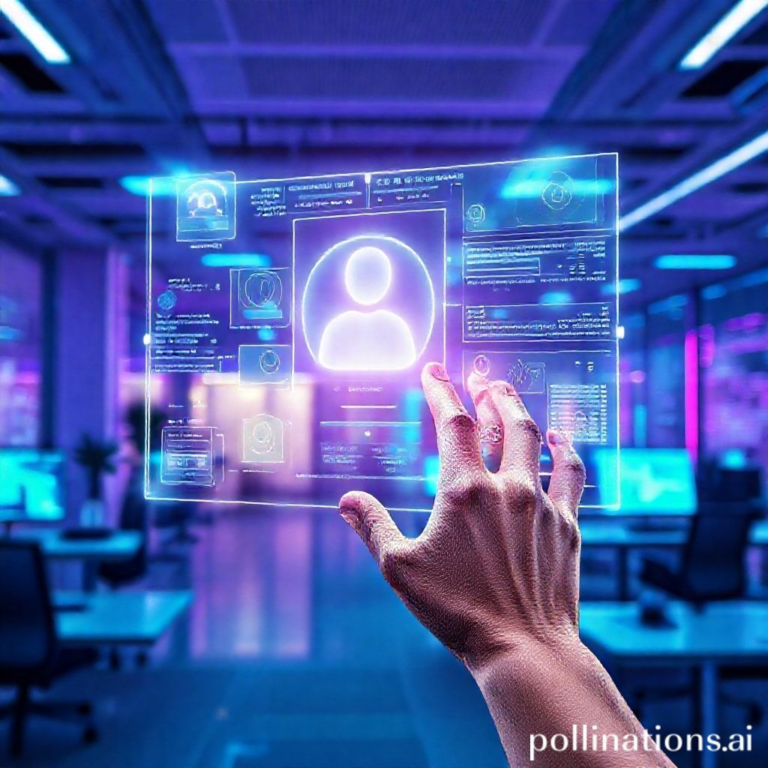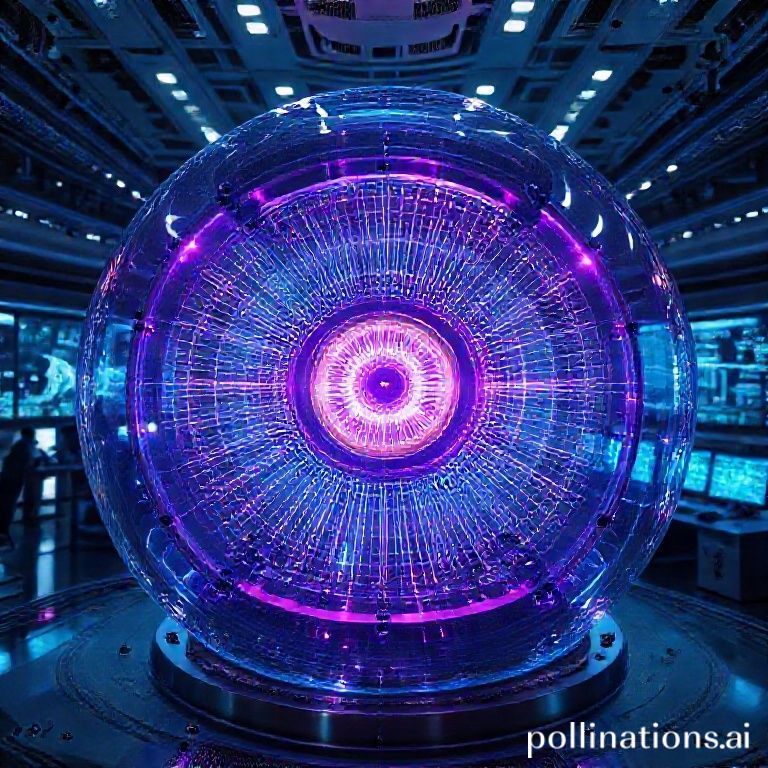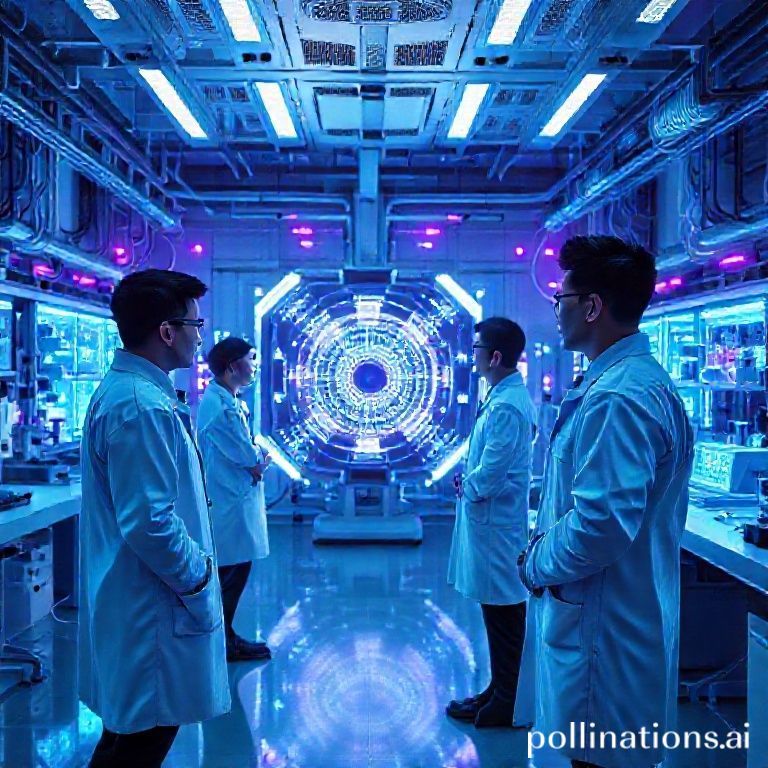
AI Trends & Tools: What’s Hot Now?
Artificial Intelligence. It’s no longer the stuff of science fiction. It’s here, it’s evolving at breakneck speed, and it’s transforming industries across the board. From automating mundane tasks to powering cutting-edge medical diagnoses, AI’s potential seems limitless. But staying ahead of the curve in this rapidly changing landscape can feel like chasing a speeding train. So, what’s actually *hot* right now in the world of AI? Let’s dive into the latest trends and explore some of the exciting tools that are making waves.
The AI Revolution: It’s Not Just About Robots Anymore
Forget the Terminator image. Modern AI is much more nuanced. It’s about algorithms, data, and the ability to learn and adapt. We’re seeing AI integrated into almost every aspect of our lives, often without us even realizing it. Think about the personalized recommendations you get on Netflix, the spam filters in your email, or even the voice assistant on your phone. All of these are powered by AI.
Key AI Trends Dominating the Landscape
So, what are the specific areas within AI that are seeing the most innovation and investment? Here are some of the most prominent trends:
Generative AI: Creating Something from Nothing
Generative AI is arguably the hottest topic in the AI world right now. This branch of AI focuses on creating new content, whether it’s text, images, audio, or even code. Think of tools like DALL-E 2, Midjourney, and Stable Diffusion, which can generate stunningly realistic images from simple text prompts. Or consider ChatGPT, which can write articles, answer questions, and even generate code.
Example: Imagine you’re a marketing manager who needs to create visuals for a new ad campaign. Instead of hiring a designer and going through multiple rounds of revisions, you could use a generative AI tool to create several different images based on your specifications in minutes. This saves time, money, and opens up possibilities for experimentation. Similarly, content creators are using generative AI tools to brainstorm ideas, create outlines, and even generate drafts of blog posts or articles.
The implications of generative AI are huge, spanning industries from marketing and entertainment to education and scientific research. However, ethical considerations, such as copyright issues and the potential for misuse, are also crucial to address.
AI-Powered Automation: Streamlining Workflows
Automation has been a buzzword for years, but AI is taking it to a whole new level. AI-powered automation goes beyond simple rule-based automation by incorporating machine learning to adapt and improve over time. This allows for the automation of more complex and nuanced tasks.
Example: Consider a customer service department. Instead of relying solely on human agents, AI-powered chatbots can handle routine inquiries, freeing up human agents to focus on more complex issues. These chatbots can learn from past interactions, improve their responses over time, and even personalize the customer experience. In manufacturing, AI is used to automate quality control processes, identify defects, and optimize production lines.
The benefits of AI-powered automation are clear: increased efficiency, reduced costs, and improved accuracy. However, it’s also important to consider the potential impact on the workforce and ensure that workers are equipped with the skills they need to thrive in an increasingly automated world.
Edge AI: Processing Data Closer to the Source
Traditional AI often relies on cloud computing, where data is sent to a remote server for processing. Edge AI, on the other hand, brings the processing power closer to the source of the data. This is particularly useful in situations where low latency and real-time processing are critical.
Example: Consider self-driving cars. They need to process vast amounts of data from sensors in real-time to make critical decisions. Sending this data to the cloud for processing would introduce unacceptable delays. Edge AI allows the car to process the data locally, enabling it to react quickly to changing conditions. Similarly, in industrial settings, edge AI can be used to monitor equipment performance, detect anomalies, and prevent breakdowns in real-time.
Edge AI offers several advantages, including reduced latency, improved security, and increased reliability. It’s particularly well-suited for applications in industries such as automotive, manufacturing, healthcare, and retail.
Explainable AI (XAI): Making AI More Transparent
As AI becomes more complex, it’s increasingly important to understand how it arrives at its decisions. Explainable AI (XAI) aims to make AI models more transparent and interpretable. This is particularly important in fields such as healthcare and finance, where decisions can have significant consequences.
Example: Imagine a doctor using an AI model to diagnose a patient’s condition. The doctor needs to understand why the model arrived at its diagnosis in order to have confidence in its accuracy and to explain the diagnosis to the patient. XAI techniques can help to reveal the factors that the model considered most important in arriving at its decision. Similarly, in the financial sector, XAI can be used to explain why a loan application was rejected, helping to ensure fairness and transparency.
XAI is crucial for building trust in AI and ensuring that it is used responsibly. It can also help to identify biases in AI models and improve their accuracy.
Essential AI Tools to Watch
Here are a few examples of tools that are making a significant impact:
- TensorFlow: An open-source machine learning framework developed by Google. It’s widely used for building and training AI models.
- PyTorch: Another popular open-source machine learning framework, known for its flexibility and ease of use.
- Scikit-learn: A Python library that provides a wide range of machine learning algorithms.
- Hugging Face Transformers: A library that provides pre-trained models for natural language processing (NLP).
- OpenAI API: Provides access to powerful AI models, including GPT-3 and DALL-E 2.
- DataRobot: An automated machine learning platform that simplifies the process of building and deploying AI models.
These are just a few examples, and the AI tool landscape is constantly evolving. Staying informed about the latest tools and technologies is essential for anyone working in the field.
The Future of AI: What’s Next?
The future of AI is bright, with endless possibilities on the horizon. We can expect to see even more sophisticated AI models, increased integration of AI into our daily lives, and a greater focus on ethical considerations. As AI continues to evolve, it will be crucial to stay informed, adapt to new technologies, and use AI responsibly to create a better future for all.
Conclusion
The world of AI is a dynamic and exciting place. By staying abreast of the latest trends and exploring the available tools, you can harness the power of AI to transform your business, advance your career, and make a positive impact on the world. The journey into AI is ongoing, and the opportunities are limitless. Embrace the challenge, explore the possibilities, and be a part of the AI revolution!






